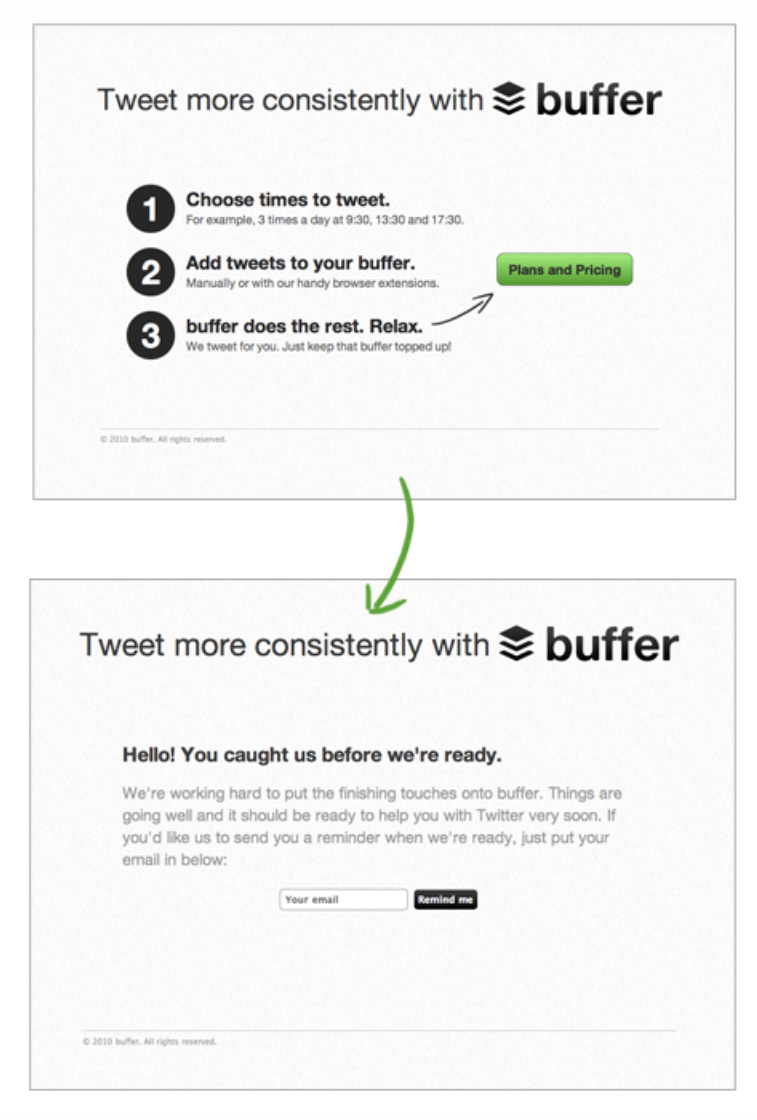Validating demand without a product
How two companies validated their hypothesis without writing a bunch of code (2 min read)
Welcome to Product Spotlight 🥇. In this section, we shine the Spotlight on products that are taking things up a notch - be it reducing friction, designing killer onboardings, using novel acquisition methods...the list is endless 😄.
This one stat blows our mind. 34% of startups fail due to never finding product-market fit. 🤯
Well, in hindsight, given how difficult it is to achieve PMF, is it so surprising?
If you could somehow test your hypothesis quickly, without spending months on development, that would be pretty neat.
Today, we look at two companies that used out-of-the-box solutions to validate their market and product.
A company which validated demand with strong excitement 🤩
Dropbox validated its product with a simple explainer video. Back in 2007, founder Drew Houston was working on building a prototype, but he knew it wasn’t ready for a public launch yet. He still wanted to gauge whether the file sync problem would be felt by others as well.
So he recorded a video of his prototype, demonstrating its main features and use cases. He released his Dropbox explainer video MVP to Hacker News. At the bottom of the video was a form to join the waiting list for the private beta.
The Dropbox explainer video MVP showed how you could instantaneously make a change on one computer and see it reflected live online. They grew their beta waiting list from 5,000 to 75,000 overnight 🤯.
A company which validated demand with strong willingness to pay
Buffer - a product that helps you post to Twitter more consistently - validated demand for their idea with a simple 2-page MVP test as below.
They saw people clicking through and giving their emails, so they knew that people would probably want what they were building. But they also wanted to know whether people would shell money out of their pocket for this product.
So how did they check willingness to pay? This was as simple as adding another page in between with free and paid plan options, even though these plans were not operational yet (there was no product yet either 🥶).
When they saw people still submitting emails and that too after clicking on the paid plans 💰, that was enough conviction for them to start building the product.
That’s it for this Spotlight. Thanks for joining us!
And while you’re here, remember, there are only 3 rules to life:
Be kind to everyone you meet
Don’t take yourself too seriously
Drink lots of water
See you next week!





